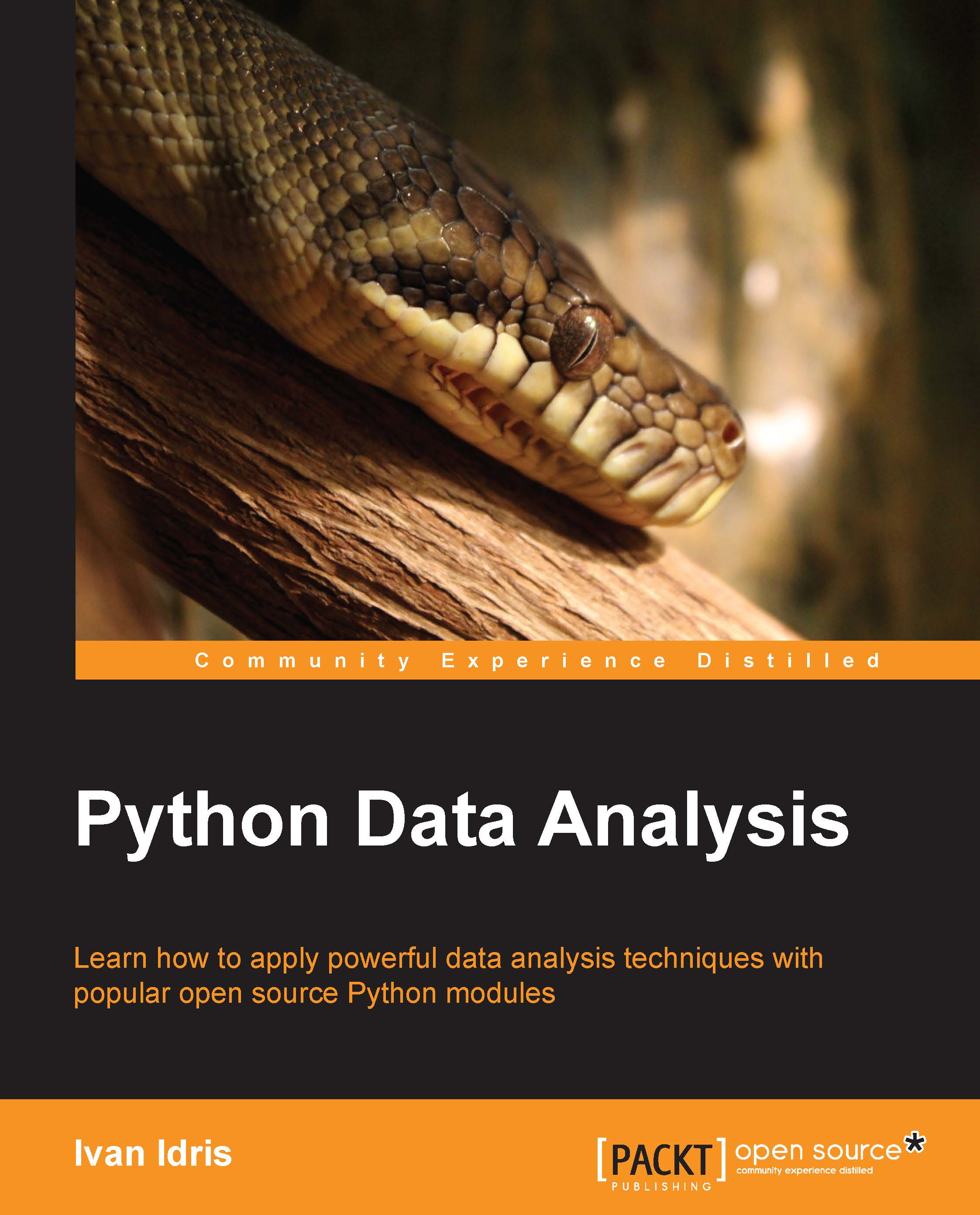Pony ORM
Pony ORM is another Python ORM package. Pony ORM is written in pure Python and has automatic query optimization and a GUI database schema editor. It also supports automatic transaction management, automatic caching, and composite keys. Pony ORM uses Python generator expressions, which are translated in SQL. Install it as follows:
$ sudo pip install pony $ pip freeze|grep pony pony==0.5.1
Import the packages we will need in this example. Refer to the pony_ride.py file in this book's code bundle:
from pony.orm import Database, db_session from pandas.io.sql import write_frame import statsmodels.api as sm
Create an in-memory SQLite database:
db = Database('sqlite', ':memory:')Load the sunspots data and write it to the database with the pandas write_frame() function:
with db_session:
data_loader = sm.datasets.sunspots.load_pandas()
df = data_loader.data
write_frame(df, "sunspots", db.get_connection())
print db.select("count(*) FROM sunspots")The number of rows in the sunspots...

































































